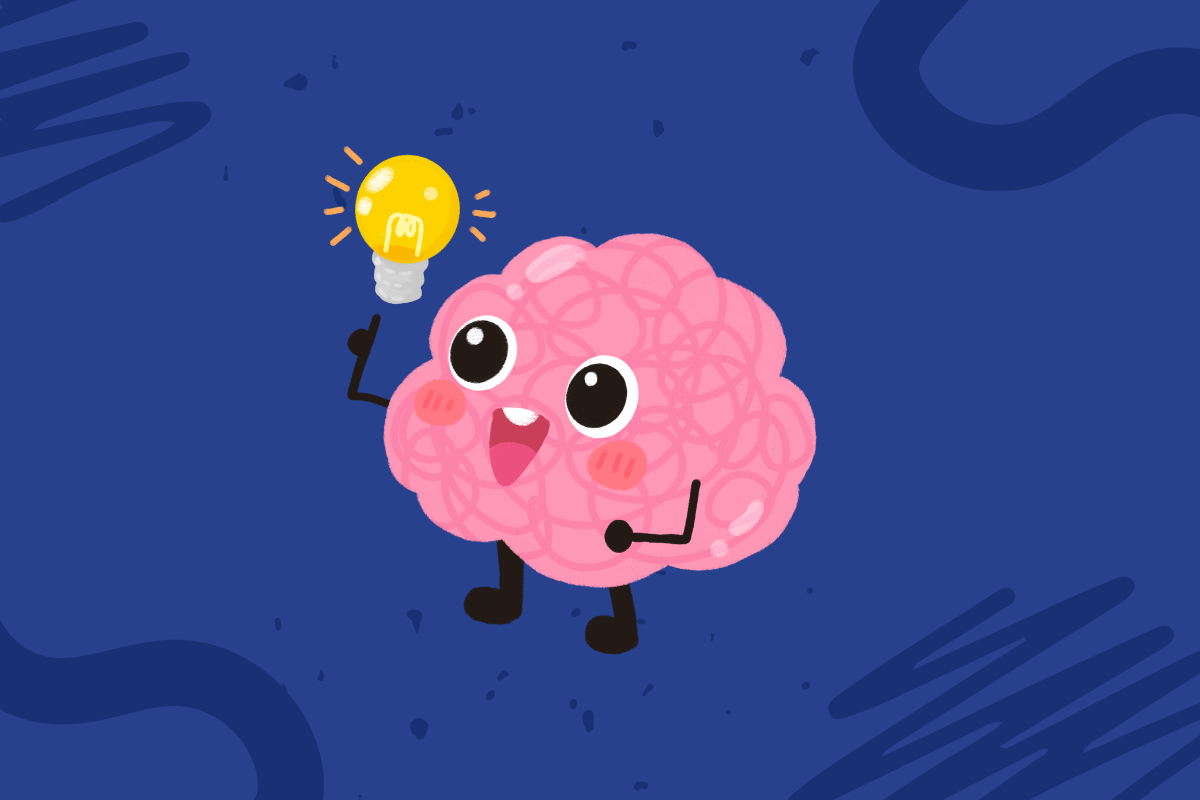Dropkick Math Academy has been making waves in education with its unique approach to teaching math to students. However, many people have been left wondering whether the Academy also teaches financial literacy. In this blog post, we will explore whether or not Dropkick Math Academy incorporates financial education into its math intervention program. What Is […]
Does Dropkick Math Teach Financial Literacy?







